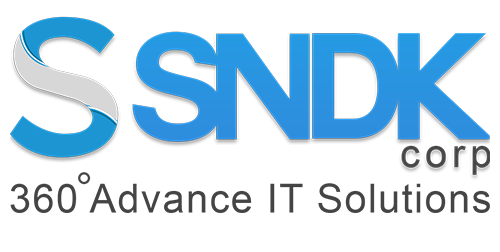Blog
AWS IoT Things Graph: Thing to Know!
AWS IoT Things Graph is a service making it easy and straightforward to connecting several web services and devices visually to design and develop IoT applications. IoT applications are being built nowadays to automate tons of use cases such as energy management, smart homes and industrial automation through web services and devices. AWS IoT Things Graph overcomes the loophole of writing code for wiring together all the web services and devices required for building IoT applications.

Some popular devices such as switches, cameras and motion sensors contribute as pre-built models for AWS IoT Things Graph for creating own custom models. These applications can be executed and deployed to the AWS IoT Greengrass-enabled devices like cable set-top boxes or edge gateways or AWS Cloud.
Merits of using AWS IoT Things Graph:
01. Easy creation of sophisticated work-flows:
Representation of complex processes like shutdown automation of production lines, welding car frames on manufacturing lines is provided by AWS IoT Things Graph. You can define the order or series of interactions by merely dragging and dropping devices and web services to create a work-flow.
02. Faster development of IoT applications:
You can incorporate reusable models representing the devices and web services. A visual interface is responsible for combining models creating the IoT applications.
03. Effective monitoring and management:
The work-flow runs smoothly while coordinating interactions between the devices and web services with the easy execution and deployment of applications in the IoT applications. You can monitor the flow performance thresholds by setting alarms and actions.
3 Steps to create and deploy an AWS IoT Things Graph:
01. Build or create a flow:
Drag the device and web service models into the model library’s flow designer. The inbuilt public models and the private custom user-created models are made available by AWS IoT Things Graph. Next, you need to connect the model outputs with the relevant corresponding inputs of other models.
02. Creating or building the flow configuration:
Specify the flow action ARN to be used by the AWS IoT Things Graph, in case of the cloud deployments, when the flow executes in the cloud. Next, map the things in the registry corresponding to each device model in the created flow.
03. Deploy the flow:
AWS IoT Things Graph is responsible for packaging up the flow and dependencies, pushing them into the cloud, thereby managing the communication among the locally connected devices.

AWS IoT Things Graph: 3 Industrial Use Cases:
Some of the real-life industrial examples or use cases are described below:

01. Managing the energy:
You can optimize the energy consumption process and can provide better customer service. This can be achieved by offering smart meters controlling the HVAC systems based on the weather conditions. You can add support for the HVAC systems using the AWS IoT Things Graphs for a compelling connection to weather services and deployment without the need to writing much code.
02. Home Automation:
AWS IoT Things Graph offers with the facility of building connected home applications with the help of the integrators, eliminating the need for understanding low-level device details. Thus, it becomes easy to make a home security solution, integrating cameras, motion sensors and motion detectors for any stranger intrusion.
03. Industrial Automation:
AWS IoT Things Graph replaces the need for connecting devices via the cloud, which is problematic. A model can be built for each connected device to be reused across several facilities without rewriting the deployment code.
AWS IoT Core: Introduction, Extensive Features, & Communication Protocols
Security aspect of AWS IoT Things Graph
AWS IoT Things Graph uses individual subscriptions and policies such as IAM policies and AWS IoT policies to ensure the IoT applications’ security running on the devices either on the cloud or in the local AWS IoT Greengrass environment. IAM role allows the AWS IoT Things Graph to execute the deployment flows, which is specifically required by the cloud deployments. In a similar case with AWS IoT Greengrass service role, the read and write permissions should be granted for Amazon S3.
Summing up:
In a nutshell, we can summarize that AWS Things Graph is an orchestration service responsible for simplifying or easing IoT applications’ development. Various web services and devices can build these applications, which alone cannot communicate and work due to different data formats, protocols and message syntax. The communication among the devices is entirely taken care of by AWS Things Graph, ensuring simultaneously that only the necessary transformations happen. This happens with the help of reusable abstractions popularly known as models.
Models invoke or call the actions defined by them and the events generated by the devices. The only thing you, as an application developer, need to specify is, only the order of interactions in the application using the models and the related web services and devices. All the required translations of the protocols, data formats and addressing schemes among the devices and web services is identified and carried out by AWS IoT Things Graph, thereby the proper flow execution.
